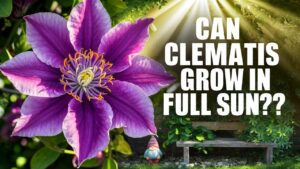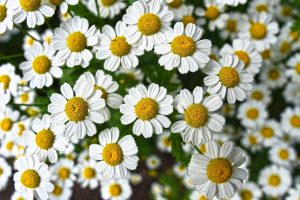Alyssum is a fragrant flower that will produce billowing mounds of blooms all season long. These hardy low growing flowers are a perfect choice for borders and along walkways, and their cascading growth habit makes them one of the best flowers to grow in pots.
If you’re interested in learning how to grow alyssum continue reading this alyssum growing guide for more information.
Best Alyssum Varieties
| Image | Name | Rating | Shop |
|---|---|---|---|
 | Alyssum Royal Carpet Seeds – Fragrant Lobularia maritima | ||
 | David’s Garden Seeds Flower Alyssum Basket of Gold | ||
 | Alyssum Carpet of Snow Nice Garden Flower |
Alyssum Care
Sun: Full Sun, Partial Shade
Height: 4-inches
Spread: 5-8-inches
Life Cycle: Annual
Plant Outdoors: April-May
Plant Indoors: March
Alyssum Annual or Perennial
Alyssum is an annual flower that can be grown in USDA hardiness zones 3 to 10, and they are not winter hardy and they will die back after the first frost in your area. However, they are highly prolific self-seeding flowers, so you can expect plenty of alyssum volunteers to pop up again in your garden.
Alyssum Sun or Shade
Alyssum prefers to grow in full sun, but it can also tolerate partial shade as long as it gets at least six hours of unobstructed sun each day.
Starting Alyssum From Seed in a Flower Bed
The best way to grow Alyssum in a flower bed is to sow the seeds after the last frost in your area. Cover the seeds with a thin layer of soil and make sure to allow some light to reach the seeds since they need some light exposure to sprout.
Alyssum Plant Spacing
Sow alyssum seeds 6-inches apart if you want to create a dense carpet of flowers, or you can sow them further apart if you want to leave some space in between each plant.
In humid climates, it’s a good idea to plant alyssum 8-inches apart in order to prevent the growth of mold and mildew.
Alyssum Soil Requirements
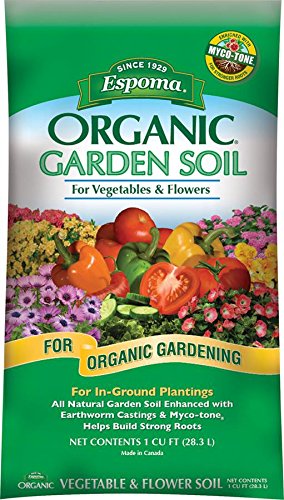
Alyssum can tolerate a wide range of soil conditions and they are pretty adaptable, but they prefer moist loamy slightly acidic soil with a 6.0 to 7.0 pH.
Alyssum will respond well to a soil that is amended with compost or worm castings.
You can also top dress the soil with 1 to 2-inches of mulch in the spring, which will slowly breakdown and release nutrients into the soil.
Alyssum Water Requirements
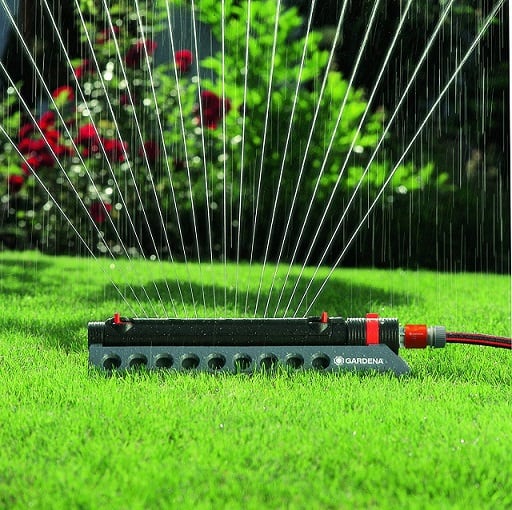
Alyssum prefers to grow in moist well-drained soil, and they don’t do well in waterlogged soil since they can be susceptible to root rot.
If you plan on growing Alyssum in containers it’s a good idea to water them frequently especially in the summer since the pots can quickly dry out.
You also want to make sure potted alyssum plants don’t become water-logged when they are growing in containers. You can do this by adding a layer of perlite or rocks at the bottom of the pot to help improve drainage.
Alyssum Temperature Requirements
Alyssum grows best when daytime temperatures reach 60-75°F and nighttime temperatures stay above 55-60°F.
Alyssum seeds should be directly sown in the early spring once the soil has fully thawed out and it has reached a temperature of 55-70°F.
In most cases, alyssum seeds will take 5 to 21 days to sprout depending on the temperature and the amount of moisture in the soi.
Alyssum Humidity Requirements
Alyssum requires 80% to 90% relative humidity to thrive, but they can suffer from fungal pathogens and leaf degradation when the humidity levels rise above 90% RH for a prolonged period of time.
Alyssum Fertilizer Requirements
Alyssum is a moderate feeder that doesn’t require large amounts of fertilizer to survive. However, if you want alyssum to produce new flowers all season long you should add a time-release-fertilizer to the soil once the plants have their first set of true leaves.
Starting Alyssum Indoors
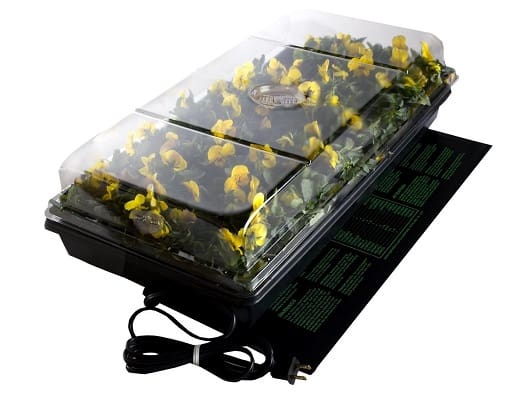
You can start Alyssum seeds in a heated seed-starting tray two weeks before the last frost in your area.
Make sure to use a loose potting soil mix that has good drainage. You’ll also want to keep the soil moist and maintain a high humidity level by keeping the tray covered until the seeds germinate.
Then once the seedlings start to develop you can move them to a warm sunny location, or place them under an LED Grow Light (Buy Online).
Once the alyssum seedlings have two full sets of true leaves you can move them into small pots and harden them off before transplanting them into your garden.
How To Grow Alyssum in Containers
Alyssum is a great plant to grow in window boxes or containers since they are a low-growing flower that has a cascading growth habit.
Alyssum needs to be planted in a rich potting soil mix that’s well-draining yet still retains moisture.
When alyssum is grown in a container it will need to be fertilized regularly with a general-purpose liquid fertilizer. Alternatively, you can mix a time-release fertilizer into the soil, or use a pre-fertilized potting soil mix.
It’s also a good idea to apply a diluted liquid fertilizer that’s high in phosphorus in order to encourage Alyssum to flower throughout the growing season.
Deadheading Alyssum
Alyssum will keep producing more flowers all spring and summer if you deadhead the spent blooms. This will allow the plant to focus its energy on producing more blooms instead of directing energy towards seed production.
All you need to do to deadhead alyssum is cut off the spend blooms. Then gently remove the seed heads without damaging the main stem or leaves of the plant.
Alyssum is a prolific flowering plant, so you can continue deadheading alyssum throughout the growing season until the weather starts to cool in early fall.
Alyssum Pests
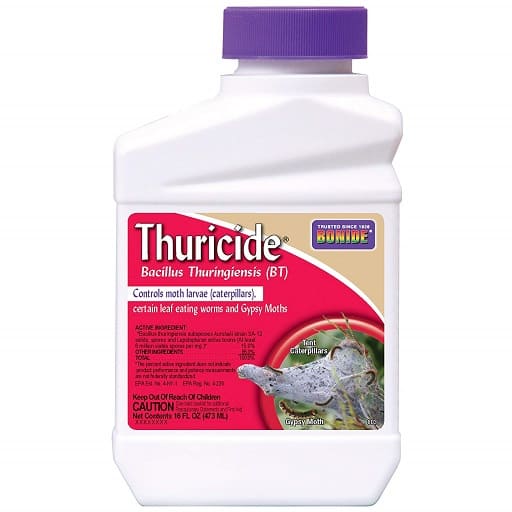
Occasionally alyssum will get attacked by the Bagrada bug, which is also known as the painted bug. This insect feeds primarily on members of the Brassica family of plants, and it will damage adult plants and kill young seedlings.
You can use insecticidal powders or soaps to treat any infested plants. There are also some organic options to control Bagrada bug infestations including beneficial insects and internal parasites that can kill Bagrada bug adults, nymphs, and eggs.
Alyssum Diseases
Alyssum plants are susceptible to Downy Mildew, which causes puckered or curled leaves. White fungal growth will also be visible on the undersides of the leaves.
Downy mildew usually appears in cooler temperatures when the humidity starts to rise above 90% RH.
If downy mildew is a common problem in your area you can plant mildew-resistant alyssum varieties like Easter Bonnet Pink Alyssum.




